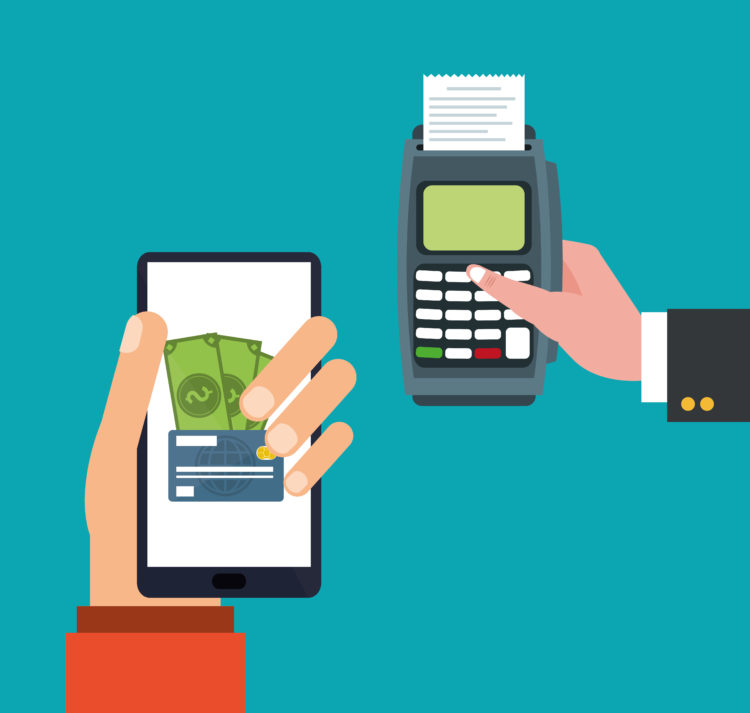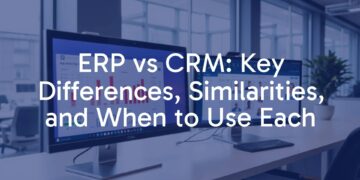Though credit and debit cards are far and away the most commonly used forms of payment in the U.S., allowing customers to pay with them isn’t cheap. First, businesses must buy (or worse: lease) the equipment necessary to pull information from payment cards; then, they must pay fees every transaction or batch of transactions to transform that raw information into cold, hard cash.
Why does this process cost businesses so much? And are there any ways new or struggling businesses can reduce the expense? Here’s everything a new business owner needs to know about payment processing, so you can make the right decisions for your company.
How Payment Processing Works
It isn’t necessary for you to have intimate knowledge of the payment industry to be able to accept card payments, but knowing a bit about the complexity of payment processing might help you grapple with its seemingly high expense. There are five key players involved in transforming the data from a plastic card into money your business can use:
• The merchant, or you
• The cardholder, otherwise known as your customer
• The acquiring bank, or your bank
• The issuing bank, your customer’s bank
• Card associations, such as Visa and MasterCard, which set standards for card usage and arbitrate between banks.
The payment process always begins with a card swipe or dip, which pulls data from the cardholder’s card into the merchant’s POS system. Then, that information is sent to the acquiring bank, which recognizes the transaction and sends it forward, looking for approval from the issuing bank. The appropriate card association network routes the data to the issuer, which determines whether the card information is valid, whether the cardholder has sufficient balance, whether the account is in good standing and whether the cardholder’s identity can be validated. If all these are positive, then the data goes back through the card network to the acquiring bank. Finally, the merchant sees the bright, shiny “approval” sign, and the transaction is complete.

However, that doesn’t mean that your job is done. You will likely need to clear and settle credit card payments with involved parties (minus the cardholder) to pay for their efforts in processing transactions. The settlement process begins with you sending your batch of approved payments to your bank, which typically occurs at the end of each business day. The acquiring bank deposits funds into your account, minus the fees it demands processing your transactions. Then, your bank once again sends the data forward to the card network, which debits the acquiring bank for the net amount of the authorized transactions, again excluding appropriate fees, and passes the data onto various issuing banks, which finalize the payments for cardholders’ purchases.
Understanding Processing Costs
As you might already see, the payment process is complex, requiring multiple parties and a variety of sensitive and variable data. To continue to juggle this data effectively, banks and card networks charge a handful of fees per transaction, including:
• A percent of the transaction amount. Both issuing banks and your merchant bank demand a certain percentage of your transaction. The exact percentage depends on your industry, the sale amount, the type of card, monthly processing volume and dozens of other factors.
• A dollar amount for every transaction. Your payment processor — which might or might not be your bank — will charge a flat fee for each transaction it processes.
• An assessment fee. This is a flat fee from the card association.
Payment processors often place fees on other important payment-related actions. For example, if your business needs help in renting payment equipment, like card terminals or POS devices, and setting the equipment up, you can expect to pay for it. Additionally, you might incur fees if you are late settling your payments or if you want to cancel your contract with a particular processor. You should always read the fine print when preparing to start a new payment processing relationship.
Reducing Those Costs as Much as Possible
Fortunately, you aren’t necessarily stuck paying the highest fees on the market. Payment processing costs are highly mutable, meaning you can influence how much you pay by taking initiative in the following ways:
Know Who Is Processing Payments
You might think you are paying one organization to process your payments, but in fact, that organization is outsourcing to a different payment processor. When this happens, you are paying a higher price for an unnecessary third party to juggle your payment information. It is important for you to research who, exactly, is processing your payments, so you can avoid costly and time-consuming middlemen.
Set up the Terminal Correctly
Most modern payment terminals are rigged with hip new features that you’ll never use, like NFC card reading, mobile transactions and more. You could be paying for these features even if you aren’t using them. Therefore, you should be certain that your terminals are properly set up to accept only those payments you expect.

Negotiate With Processors
Finally, you can reduce your processing rates through the art of negotiation. There are several ways to convince processors to lower your fees: you can leverage your transaction volume if you process a large number of transactions every day; you can compare costs from a variety of processors and threaten to transition to cheaper providers; you can even use your high-security standards to prove lower fraud rates and win lower fees. Whatever negotiation tactic comes to you, you can try it with your payment processor to reduce what you pay.
Like any complex process, payment processing is far from free. However, you shouldn’t have to close your business’s doors because you can’t keep up with your processing fees. Now that you understand why processing costs so much, you can work with your processor (or a new one) to find the right plan for you and lower your fees to a manageable rate.






































